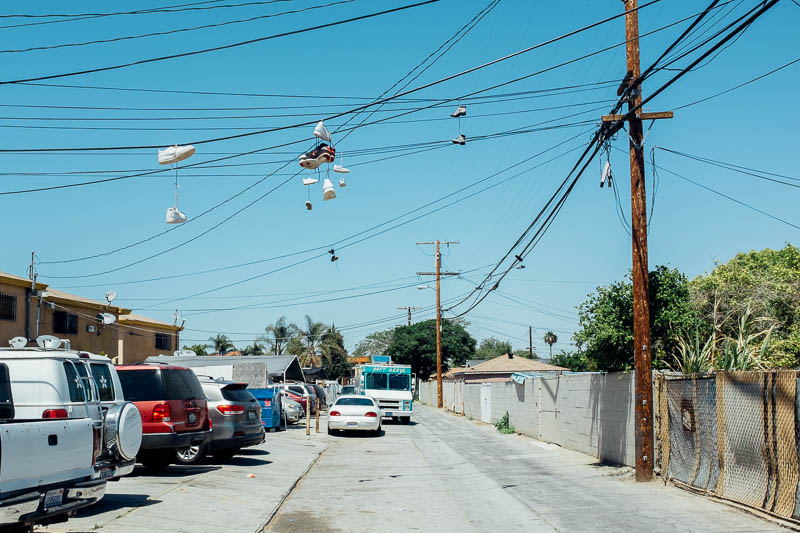
The above information is based on The Past's fourth mural hotspot, where two additional video interviews with Cooke and another resident, Marie Hollis, can be found.
Compton los angeles series#
The Departures Richland Farms series is broken down into two parts as interactive murals: The Past and The Present. He even knew people who could ride to Pasadena and back. "We had a lot of open space to do horseback riding at that time," Cooke said, reminiscing about his five-hour morning rides. "There's a moment in time, which as a historian to me I find so interesting because it was really kind of a window of opportunity, where blacks and whites coexisted quite peacefully in Compton" from the early 1950s to the Watts riots of 1965, said Sides.ĭuring that time, the landscape, physically speaking, was also considerably different. And in 1952 with a series of new developments, the demographics change almost overnight. When the legality of racially restrictive covenants was destroyed, white developers with the primary goal of turning a profit looked to creating affordable housing for aspiring middle-class African Americans who wanted to move to Compton. In fact, in L.A., they really distanced themselves from that sort of malicious Southern racism, but, of course, whether they were racists or not was sort of immaterial because they entered into an agreement that kept blacks out of their neighborhoods, and they defended those agreements very vehemently." And so white paranoia about that decline, even when whites did not think of themselves as racists. And in this case, the perception that blacks would lower value meant that in reality, the values did decline. that was kind of colorful that talked about the extent to which blacks planted more flowers and maintained their gardens in better condition than whites did, but, of course, real estate is never really about true value, it's about perceptual value. Sides continued: " even had an anecdotal study in L.A. In fact, if you looked at the FHA-Federal Housing Administration-studies during World War II, they actually found that blacks defaulted at a lower rate on their mortgage than whites did. The arrival of black people does usually lower property values, but not, of course, because of any material difference, but simply because real estate is all about perception. "And the really troubling reality is, that that is true.

"There's a curious thing about this and that is this: whites believe then, and I think now, that the arrival of black people in their neighborhood will lower property values," said Sides. Still, that slow growth in the 1920s was enough for white homeowners to become concerned about declining property values because of the black influx. In Los Angeles, however, the move of African Americans was slow until World War II. Covenants across the country began in the late 1910s and early 1920s in response to the increasing black population in American cities, namely Northern and Western ones that saw the rise during World War I during the so-called great migration from the South.


 0 kommentar(er)
0 kommentar(er)
